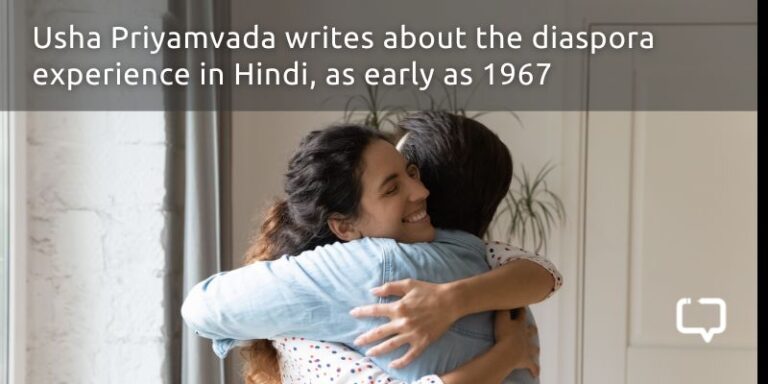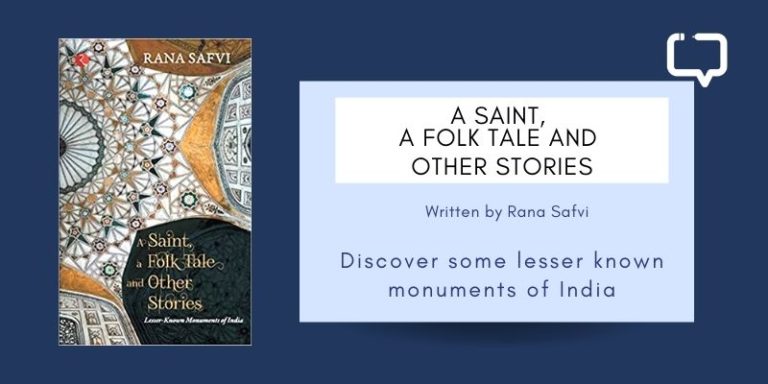Team P3 is in conversation with Anurag Anand, an artist and author who has recently released his latest work The Crimson Throne of Mahoba (Published by TreeShade Books)
Anurag Anand is an Indian artist, corporate professional, and author, with several bestselling titles in the self-help, general fiction, and historical fiction genres. His corporate experience spans across the pharmaceutical, fast-moving consumer goods, and financial services industries
1. One of the subjects in your art is ancient Indian texts: Could you share a little about your introduction and exposure to them? Which of them have you read? What has their influence been on your life? How do you interpret it for your art and life?
Anurag Anand: Like most children brought up in a joint family, my introduction to mythology and ancient Indian text happened at an early age through oral tradition. As a child, I used to relish the fantastical stories set in dream-like settings that my grandparents would narrate.
This interest persisted, and from Amar Chitra Katha comic books initially, to reading translations of Bhagavad Gita or the Rigveda, it hasn’t waned to date. With time my reading diversified into areas of philosophy (J. Krishnamurti) and spirituality (Swami Vivekananda, Osho) as well. The vastness of knowledge (and writings) available in this space makes me feel like I am standing on the shore staring at the ceaseless ocean. I have started enjoying the process of connecting the dots and interpreting this wisdom, and that is what I try to do in my art and my writing.
We encourage you to buy books from a local bookstore. If that is not possible, please use the links on the page and support us. Thank you.
2. Of the thirteen books you have written, you seem to be partial to historical fiction and crime as a genre. What are the great examples of books in this genre that have inspired you?
Anurag Anand: In historical fiction, the series – Empire of the Moghul by Alex Rutherford, or books in the Hindi language like Vaishali ki Nagarvadhu by Acharya Chatursen, and Mahoba – Aalha, Udal ki Mahagatha by Dr. Sudha Chauhan are some that have inspired me.
The list is much more expansive when it comes to crime fiction. From Hardy Boys and Famous Five to Perry Mason and Agatha Christie’s novels, I have been an avid reader of this genre for as long as I remember. Among the current authors, I like to indulge in Daniel Silva and Keigo Higashino’s works.
3. What are some periods of Indian or world history that you wish to write about or want more people to know about?
Anurag Anand: My choice of subject in the historical fiction space emanates from characters more than it does from the period in question. Our history is peppered with enigmatic personalities and fascinating characters, who have as many shades to them as any fictional or fantastical characters that you might come across. And when they come from a period with limited recorded history, the intrigue only becomes more palpable. It is this intrigue that drove me to write about the yesteryear courtesan, Amrapali, or the warrior brothers, Aalha and Udal.

You will be able to read my fictional take on the generals of the Chandel Dynasty – Aalha and Udal – who were as reckon worthy a force in Central India around the same time that Prithviraj Chauhan was ruling in Delhi, in my upcoming book, The Crimson Throne of Mahoba. This book is slated to hit the stands towards the year-end.

4. You are truly a multidisciplinary artist – how do you think art helps your life as a corporate professional? How do you think writing and reading have helped it? Would you recommend all office goers to read more, or engage with art and music more deeply? Why?
Anurag Anand: Art, reading as well and writing are inseparable parts of my personality. They define me, they make me who I am, and they have all had a role to play in shaping me professionally as well as personally.
While reading has helped me with information, knowledge, and perspective, writing has had a significant role in infusing discipline into the way I approach life in general. Art of course is cathartic and a wholesome creative experience that saves me from fatigue and burnout.
I would certainly recommend more reading for not just office goers but for any and everyone. Reading enables you to hold informed conversations and contribute to them, look at situations or issues from diverse perspectives, and communicate more effectively and authoritatively. These are all vital life skills and have proven to be catalysts for many successful careers.
5. “Soulful Sojourn” features three distinct series: Building Blocks, Code Un-code, and Nature Milange. Can you share your journey with this exhibition?
Anurag Anand: I consider myself a student of life, and Soulful Sojourn – The Exhibition was simply a compendium of my observations and learnings through this journey. The choice of three distinctions was a conscious one as it would have been challenging to present the spectrum of thoughts that I intend to through any one of them. Additionally, this was an opportunity for the artist in me to exhibit my range and the rebel within me to go beyond the restraints of conformity and linearity.
6. Who are the artists, styles, and techniques that have informed your own journey as a self-taught artist? How did you work to find your style and voice? Did you struggle with painting too much like your favourite artist for instance?
Anurag Anand: Each work of art is unique in what it tells you, and I like to observe and connect with all forms of art as and when I can. From Renaissance painters to impressionists and from Indian masters to contemporary artists, I enjoy engaging with all their creations. Although I try and keep at bay any influences that I might have collected along the way, it isn’t always possible to do so.
It is difficult to list down all such influences, but a few highlights from their works and their personalities that have stuck with me at some cerebral level are – Picasso’s expressive experimentation in his earlier works and the unrestrained masterfulness in the later ones, Raza’s mastery of the palette and his ability to play with colour, Jackson Pollock’s uniqueness of style, Souza’s effortless representation of the dark side of humanity and Amrita Shergill’s free-spirited persona that her canvases exude. From Gaitonde to Ram Kumar and from Vermeer to Frida Kahlo, I could go on and on.
7. Same with writing, are there authors whose work inspired your own – not just specific books, but the desire and drive to keep writing?
Anurag Anand: Writing is a long-drawn and painfully lonely process. It takes a lot for any author to think of a plot and then stay with it for hours, days, weeks, and months, crafting and refining the characters and their interplay, till a manuscript is finally ready. I believe that the discipline and dedication this requires are difficult to attain by relying solely on any external source of inspiration. Such inspiration needs to necessarily come from within oneself. And so, I follow authors for their creations and not as much for their own life stories or to seek inspiration from them.
8. Are there art forms or styles and variations you still feel like you want to explore and learn? What are they? What’s next in your artistic journey?
Anurag Anand: Yes, plenty… and the list keeps growing as I discover newer art forms. As an immediate next I am keen to work more with charcoal as a medium and to learn some of the traditional Indian art forms. I am keen to explore Pattachitra paintings from eastern India for their aesthetic take on mythology as well as the process for preparing the patta (canvas) and the natural colours used in the paintings.




















